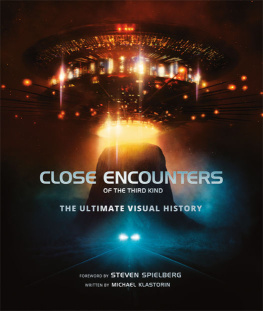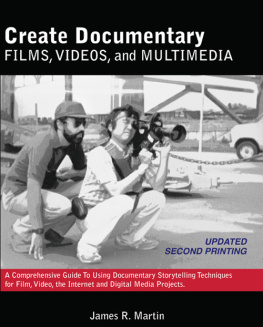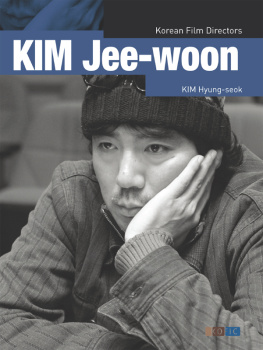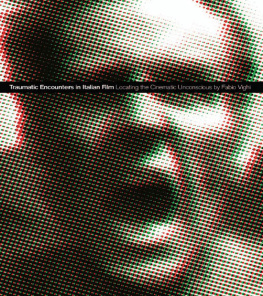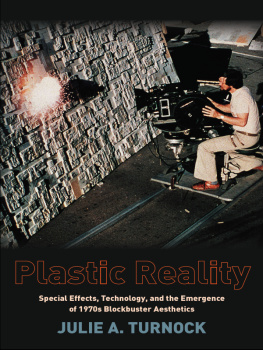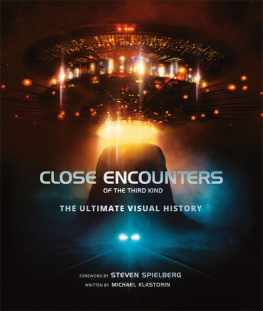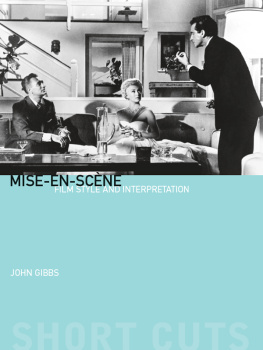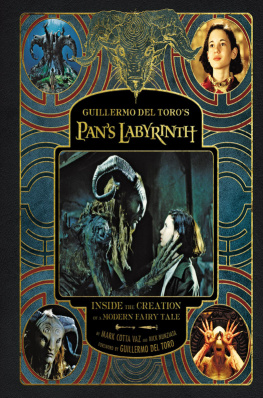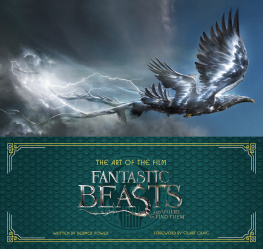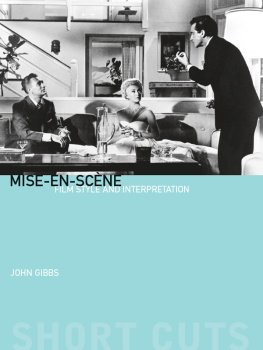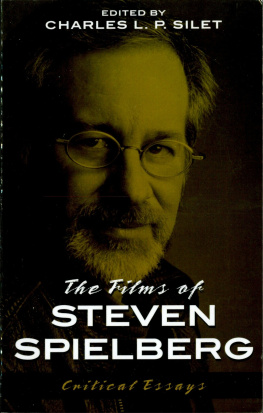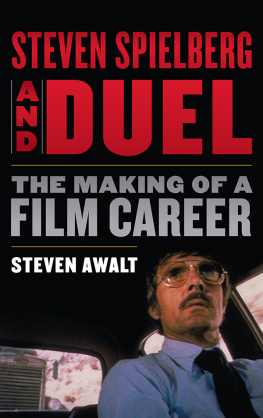
The animatronic alien puppet created for the finale of Close Encounters of the Third Kind and affectionately dubbed Puck by Steven Spielberg.
Close Encounters of the Third Kind has been part of my life from the time my father took me outin the deepest black of nightto see the Perseid meteor shower.

Spielberg prepares Puck for his screen debut.
For the first time, I opened my eyes and my mind to considering the possibility of the existence of life off our planet, and to the prospect that someday an alien civilization exploring the cosmos could pay us a visit.
Back then, and throughout the 1950s and 60s, there were continual reports of UFO sightings that scientists and government agencies worked in secret to investigate and possibly debunk. But among those were the 5 percent of sightings from credible witnesses that could never be explained.
Those sightings sparked my imagination and served as the genesis of the film we began to shoot in late 1975, two years before its release.
A film about our civilizations first contact with an extraterrestrial race presented huge challenges, not only to me as its writer-director but to all of us behind the production. One of the biggest: Where exactly would the final close encounter take place? We had spent months searching for a site that was intended to be at the base of a geological landmark when our production designer, Joe Alves, found Devils Tower in Wyoming. And it also took us months to find a converted hangar in Mobile, Alabama, that was ninety-five feet from floor to ceiling. It eventually housed what is still the largest indoor set ever constructed for any of my films. Other scenes took us to Mexico and India. Throughout this book, you will learn how our teams in every department turned my dream into my dream movie.
Forty years later, Close Encounters remains one of my most personal films. Its one of a very few movies that I not only directed but wrote, and when I started the script in 1973, I was still in my mid-twenties and hadnt yet directed my first feature. The very first scene I wrote was the very last in the moviethe encounter between extraterrestrials and mankind.
Close Encounters is a film in which space has several meanings, and so does light, whether its the warm orange glow that envelops four-year-old Barry when he opens the door of his house, or the symphony of rays that pours down from the spaceships and the Mothership. The idea that we are not alonethe hope that we are not aloneis a theme Ive returned to in several films since then, some frightening, some gentle. But the optimism of Close Encounters will always remain close to my heart.
Today, forty years after the film debuted, its a special pleasure to know that new generations will be able to see it for the first time the way it was intended to be experiencedon colossal screensand, with this book, to be able to invite you deeper into the journey we all took to bring you closer to Close Encounters of the Third Kind.
Steven Spielberg
November 2017

The director sets up a shot at the base of Devils Tower in Wyoming.
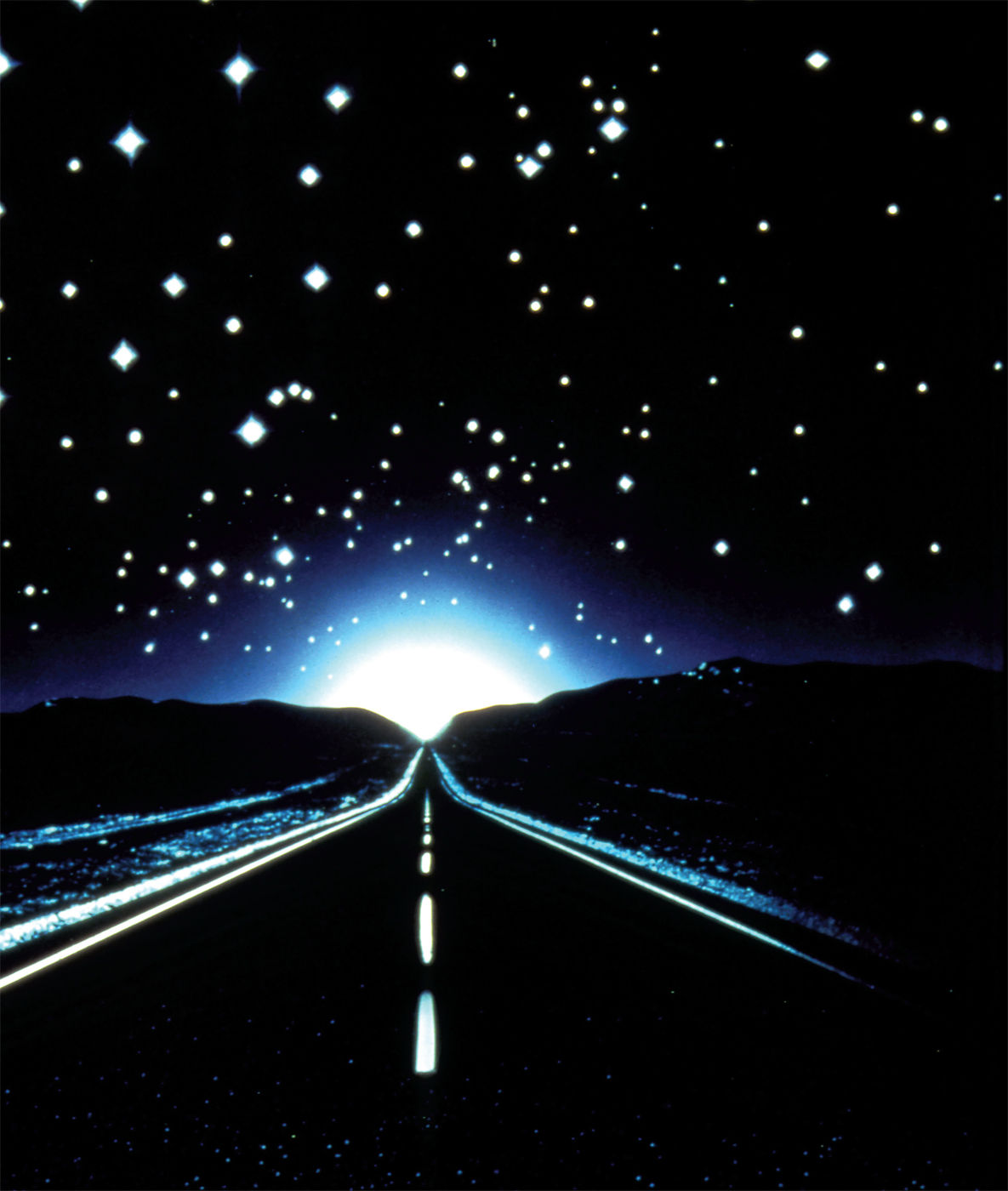
Close Encounters of the Third Kind is one of the most unique Hollywood blockbusters in the history of cinema. Like many of Steven Spielbergs films, it is filled with unforgettable, awe-inspiring moments, whether its the sheer spectacle that marks the arrival of the Mothership or the comparatively simple, but no less effective, instant when young Barry Guilers toys suddenly spring to life in the middle of the night. However, it is the films unusual narrative drive that sets it apart as an achievement both magnificent and unconventional.

Promotional artwork for Close Encounters from Columbia Pictures.

The alien Mothership makes its entrance, rising from behind Devils Tower.

UFOs approach the landing site at Devils Tower for their meeting with a group of human scientists.
Close Encounters is a film about the boundless possibilities of the universe and finding hope beyond our world. As such, the driving force of the plot is one mans unshakable belief that there is something out there. Unlike Spielbergs megahit Jaws, which debuted in 1975, two and a half years before Close Encounters, theres no villain lurking in the depths. If theres an enemy to be found at all in Close Encounters, its the repercussions of being too enmeshed in the everyday world at the expense of the possibilities offered by the cosmos.
This lack of conventional movie plotting and focus on the power of imagination and vision gives Close Encounters a dreamlike quality that has more in common with European cinema than traditional Hollywood filmmaking. Nevertheless, Close Encounters struck a chord with the regular moviegoing public, becoming a smash-hit phenomenon on its release. At a time when ufology was at the height of its popularity, Spielbergs film permanently redefined how UFOs and alien beings were viewed in the popular imagination, the famous five notes of composer John Williamss score becoming forever associated with the arrival of visitors from other worlds.
The films impact on pop culture extended to the way in which it perfected the themes that would become beloved cornerstones of Spielbergs filmmaking: an ordinary man thrown into an extraordinary situation; the importance of family and the messy reality of trying to keep one together; the sense of pure awe and the feeling that something magical is truly within our reach; and, perhaps most important, the notion that the forces of conformity cannot oppress the power of imagination.
Forty years after its release, Close Encounters of the Third Kind continues to enthrall and beguile, its hopeful message as timeless as its exemplary special effects. An intensely personal film for Spielberg, and one that tells you as much about the man as the filmmaker, Close Encounters was brought to the screen with the same unshakable sense of belief that compelled Roy Neary to seek out the Mothership. Like Nearys, Spielbergs path to fulfilling his vision would not be an easy one.

A production painting by George Jensen depicts first contact between mankind and the alien emissaries.

An early production design sketch of the Mothership by George Jensen.
Throughout the late 1940s and early 1950s, the American publics interest in alien life grew exponentially. While sci-fi films, comics, and novels featuring beings from outer space had been popular during the 1930s and early 1940s, it was a landmark real-life incident in 1947 that ignited UFO mania like never before. On June 27 of that year, Kenneth Arnold, a businessman and private pilot, sighted what he described as nine objects soaring through the sky near Mount Rainier in Washington State. The US Civil Aeronautics Administration tried to explain his claims away, but the story was picked up by international wire services, and other residents from the area came forward to substantiate the sighting. The story triggered hundreds of UFO reports around the world, and soon the term flying saucers was coined for these mysterious objects in the sky.
Next page
